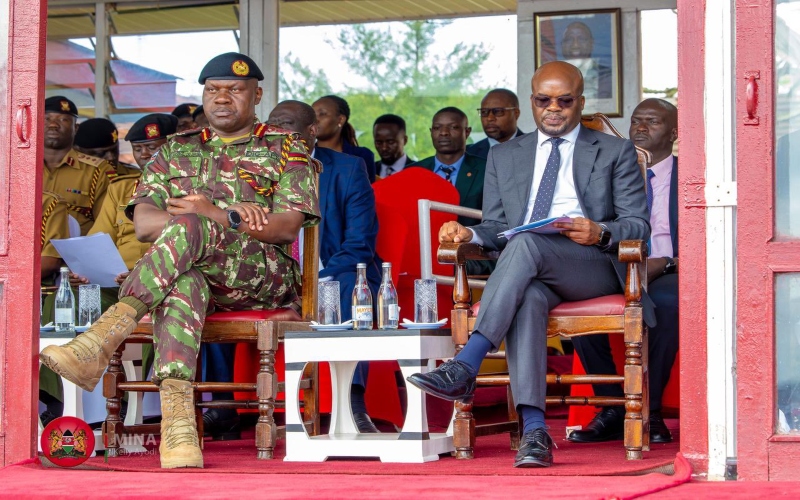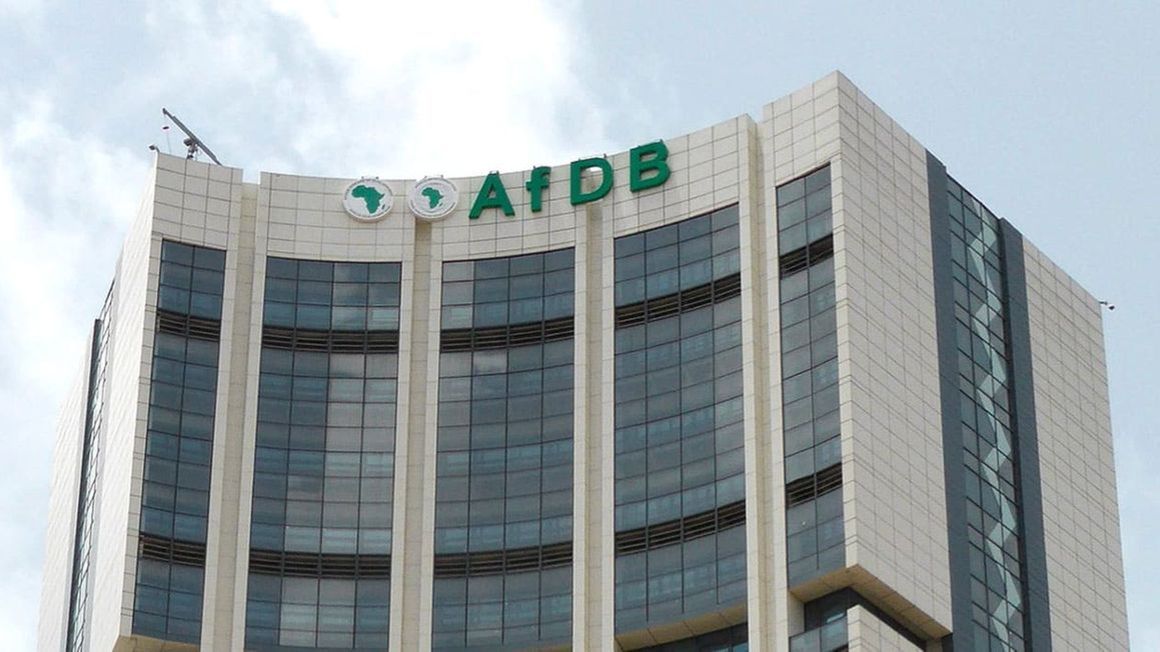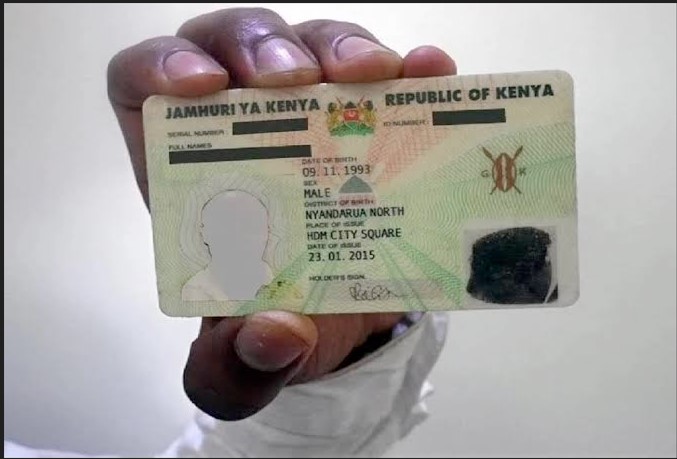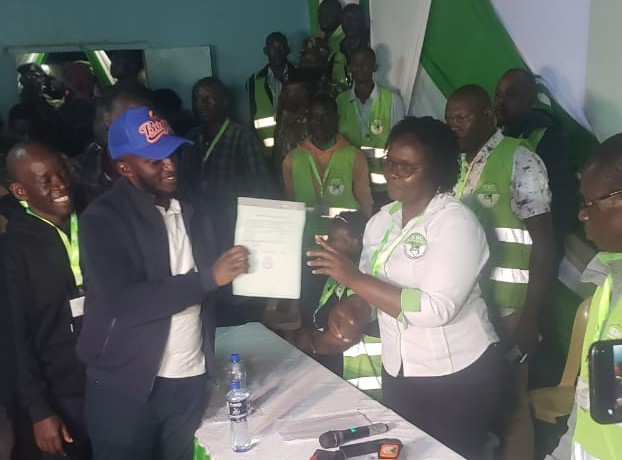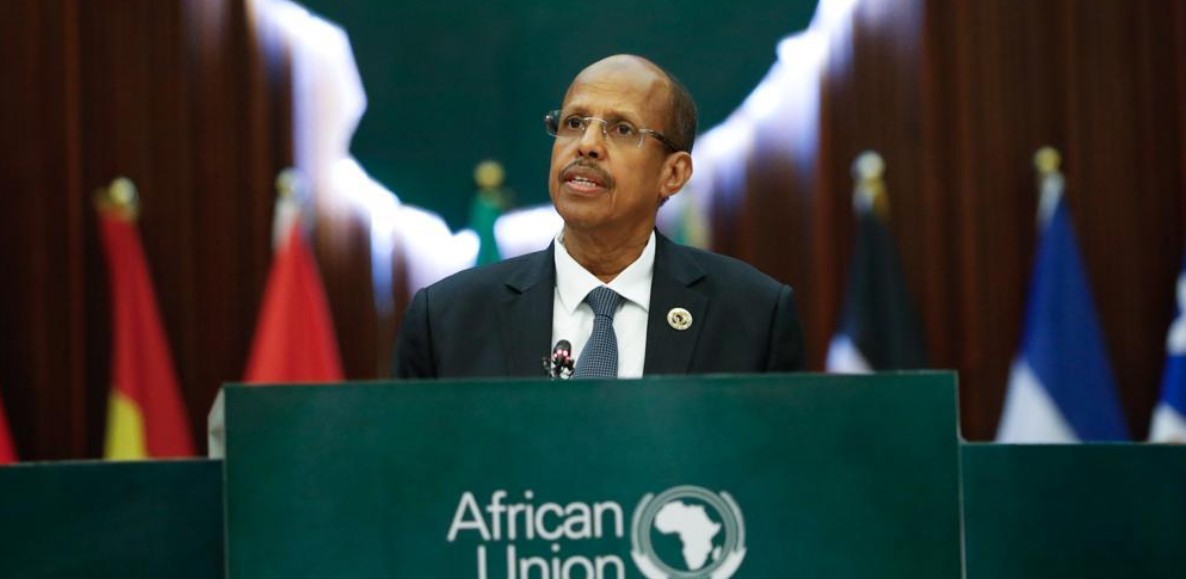Mitumba trade no threat to local textile industry, supports 2 million jobs, report says

Institute of Economic Affairs CEO Kwame Owino stated that the presence of second-hand clothes is not to blame for the struggles of local manufacturing.
Kenya’s second-hand clothing industry, commonly known as mitumba, is not a threat to the country’s manufacturing sector, particularly apparel, as previously alluded to by manufacturers.
A new report by the Mitumba Consortium Association of Kenya (MCAK) in partnership with the Institute of Economic Affairs (IEA-Kenya), reveals that the two sectors complement each other in important ways.
More To Read
- Cars registered before 2019 must reach Kenyan ports by December 2025 - KEBS
- 14 thrifting warning signs you must never ignore
- Tough times for Nairobi hawkers as city county enforces new street trade restrictions
- From bargains to burden, inside Gikomba’s growing pile of textile waste
- IEA: IMF programme failed to fix Kenya’s economy, focused on debt repayment instead
- Mitumba supports two million jobs, gives Sh12bn taxes, not a threat to manufacturing - report
Titled “A Future Look at the Apparel and Footwear Industry in Kenya (2022-2037)”, the report says that mitumba contributes Sh12 billion annually in tax revenue and provides jobs for not less than two million people across the country.
The association also notes that mitumba offers affordable clothing to over 20 million Kenyans across various income levels.
Nevertheless, it projects that Kenya could also become a place where used second-hand clothes are sorted and processed, then sold as a commodity to generate additional government revenue and create more job opportunities.
Commenting on the figures and prospects, MCAK Chairperson Teresia Njenga said mitumba is not just a clothing option but also an economic engine.
“It supports millions of Kenyans, especially women and youth, while contributing significantly to government revenue and environmental sustainability,” Njenga said.
IEA-Kenya CEO Kwame Owino stated that the presence of second-hand clothes is not to blame for the struggles of local manufacturing.
“It is not true that the availability of used clothes is the cause for failures in domestic textile companies,” Owino said.
They spoke on Thursday at a Nairobi hotel during the launch of the report.
Not substitutes
“The clothing and footwear supplied by the mitumba industry are not substitutes for apparel manufactured in Kenya. The two sectors complement each other in important ways,” the report reads.
“Mitumba trade is compatible with domestic manufacturing and industrialisation, and, therefore, is not a hindrance to achieving the goals of Kenya 2030 or Agenda 2063.”
Further, the mitumba trade will help to deliver Agenda 2063 goals by contributing to sustainable economic growth and empowering women and younger people through job opportunities, sustainable, dignified incomes, and affordable clothing options, freeing up disposable income for other necessities, the report says.
MCAK, therefore, calls for the use of regulatory strategies to encourage coexistence between the mitumba and textile manufacturing sectors.
“Encouraging coexistence can help create a balanced and sustainable ecosystem within Kenya’s apparel and footwear industry, fostering job creation, sustainable economic growth, and market diversification.”
Earlier this year, manufacturers, through their umbrella body, the Kenya Association of Manufacturers (KAM), raised concerns about the expansion of mitumba, warning that it could undermine Kenya’s textile sector’s leverage under the African Continental Free Trade Area (AfCFTA).
They noted that the country stands to lose a great deal on textile and apparel export trade if the policies promoting mitumba trade aren't re-examined as the market keeps expanding.
KAM CEO Tobias Alando explained that the AfCFTA, which aims to boost intra-African trade, offers significant opportunities for Kenya's textile industry to grow and compete on the continent.
“However, this growth could be stunted if the local market continues to be flooded with cheap second-hand imports,” Alando said.
Top Stories Today
